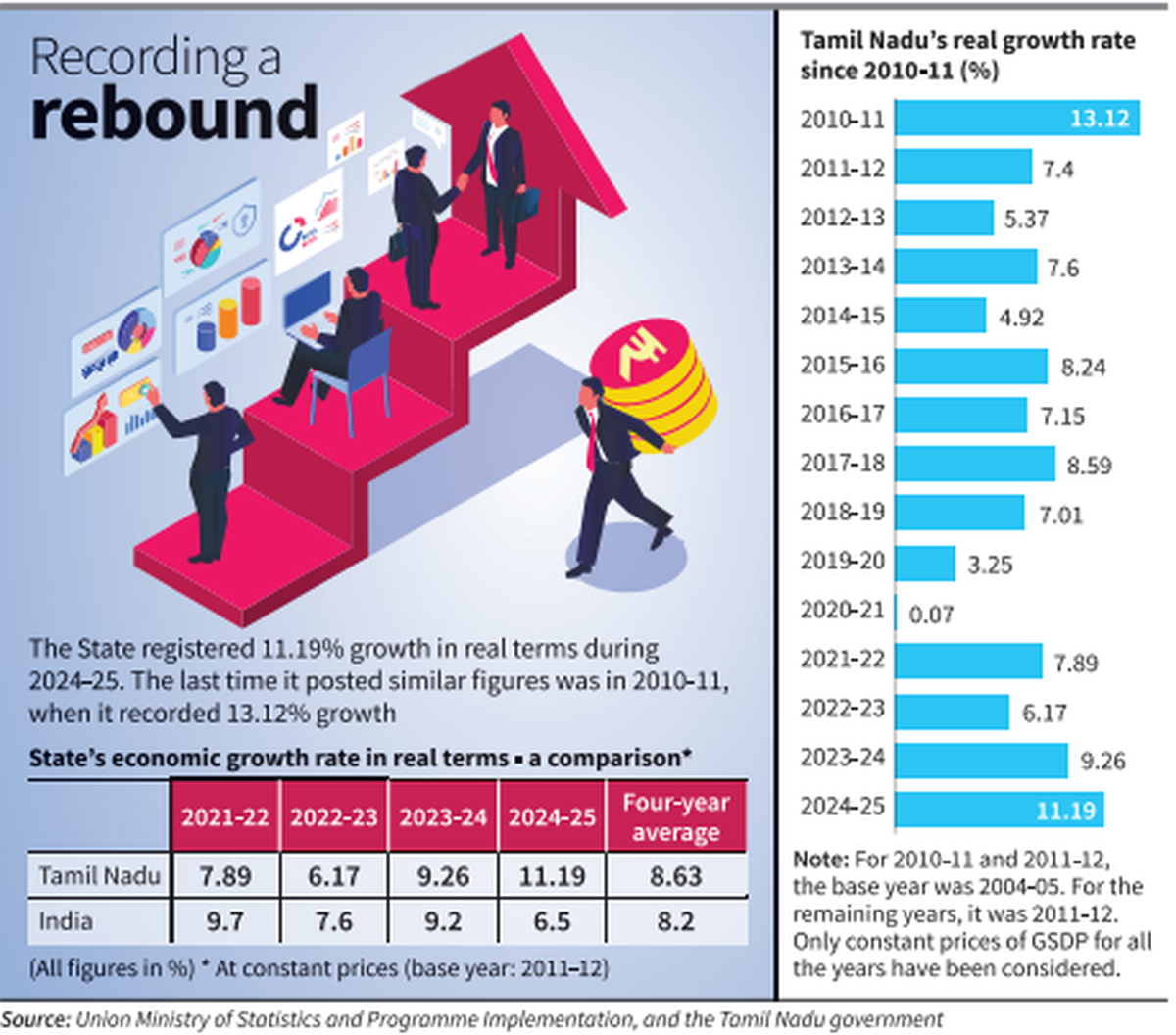The rupee depreciated 16 paise to close at 87.82 (provisional) against the U.S. dollar on Tuesday (August 5, 2025), as risk-off sentiment deepened after U.S. President Donald Trump renewed his threat to raise tariffs on Indian goods over New Delhi’s continued purchases of Russian oil.
Forex traders said the rupee is likely to slide further as India-U.S. trade deal uncertainty continues to dent domestic market sentiments.
Moreover, weak equity markets dented investors’ sentiments further. However, the domestic unit pared initial losses on supposed intervention by the Reserve Bank of India (RBI).
A soft U.S. dollar and overnight decline in crude oil prices also cushioned the downside to some extent, they said.
At the interbank foreign exchange, the domestic unit opened at 87.95 against the greenback, and during the day, it touched an intra-day high of 87.75 against the American currency.
At the end of Tuesday’s (August 5, 2025) trading session, the domestic unit was at 87.82 (provisional), down 16 paise over its previous close.
On Monday (August 3, 2025), the rupee depreciated 48 paise to close at 87.66 against the U.S. dollar.
In a fresh trade threat against India, President Donald Trump on Monday (August 3, 2025) said he will “substantially” raise U.S. tariffs on New Delhi, accusing it of buying massive amounts of Russian oil and selling it for big profits.
Last week, the Trump administration slapped a 25% duty on all Indian goods. The U.S. president also announced a penalty for buying “vast majority” of Russian military equipment and crude oil.
“We expect the rupee to continue to slide as India-U.S. trade deal uncertainty continues to dent domestic market sentiments. Weak tone in the domestic equities and FII outflows may further pressurise the rupee,” Anuj Choudhary, Research Analyst, Commodities Research, Mirae Asset Sharekhan, said.
Mr. Choudhary added that “the rupee may also remain weak ahead of the RBI’s monetary policy. Market expects a rate cut by the central bank. However, overall weakness in the U.S. dollar amid rising odds of a rate cut by the Fed in September may support the rupee at lower levels”.
Meanwhile, investors remain cautious ahead of the RBI monetary policy decision this week.
RBI Governor Sanjay Malhotra-headed rate-setting panel on Monday (August 3, 2025) started the three-day deliberations to decide the next bi-monthly monetary policy.
The six-member Monetary Policy Committee (MPC) is scheduled to announce the next bi-monthly policy rate on Wednesday (August 6, 2025).
Meanwhile, Brent crude prices fell 0.97% to $68.09 per barrel in futures trade, after OPEC+ agreed to hike another large output increase in September, adding to oversupply concerns after U.S. data showed lacklustre fuel demand.
The dollar index, which gauges the greenback’s strength against a basket of six currencies, rose 0.18% to 98.68.
In the domestic equity market, the 30-share BSE Sensex advanced 308.47 points, or 0.38%, to close at 80,710.25, while the Nifty rose 73.20 points, or 0.30%, to settle at 24,649.55.
Foreign institutional investors (FIIs) offloaded equities worth $2,566.51 crore on a net basis on Monday (August 3, 2025), according to exchange data.
Published – August 05, 2025 04:47 pm IST


